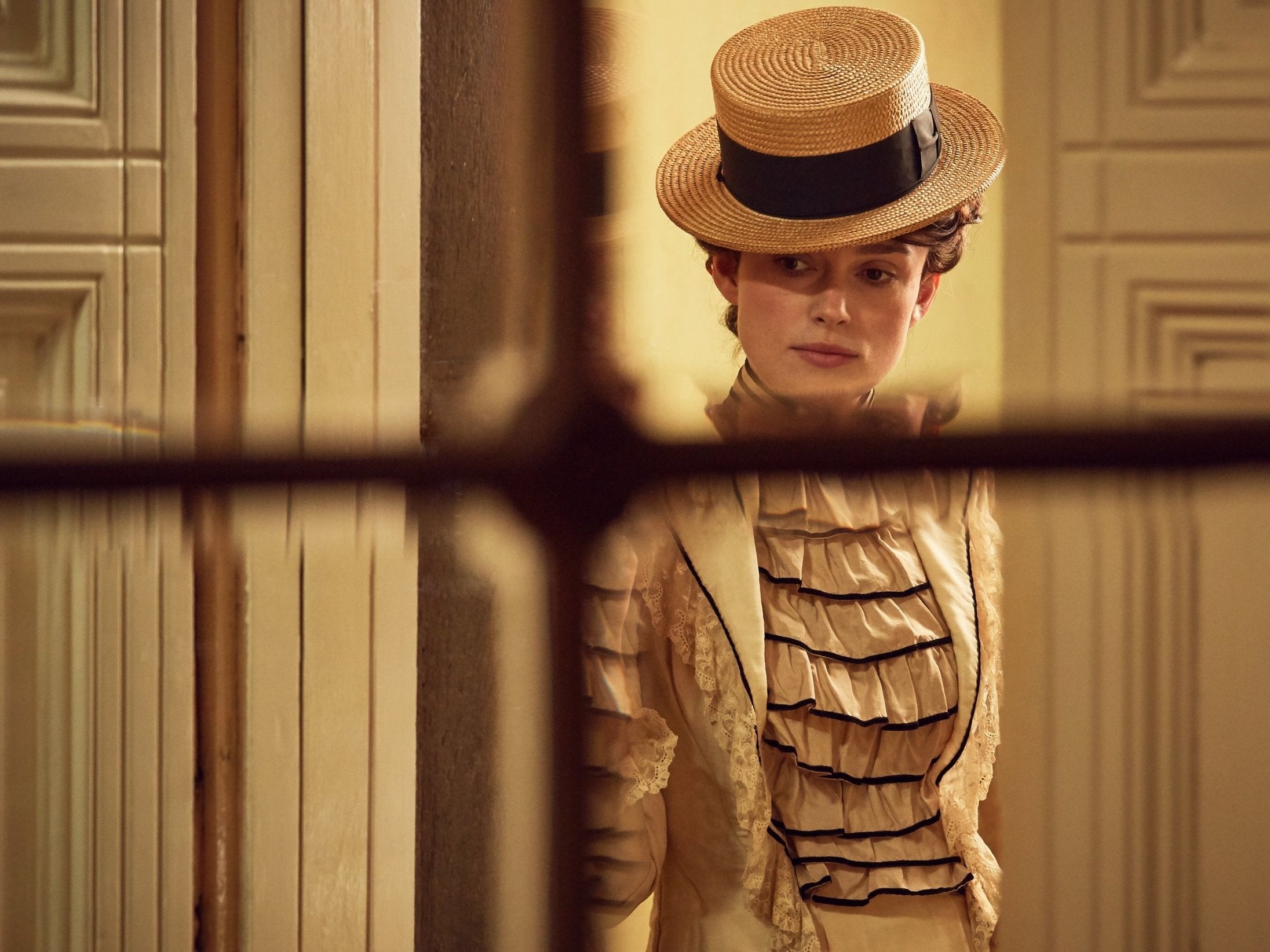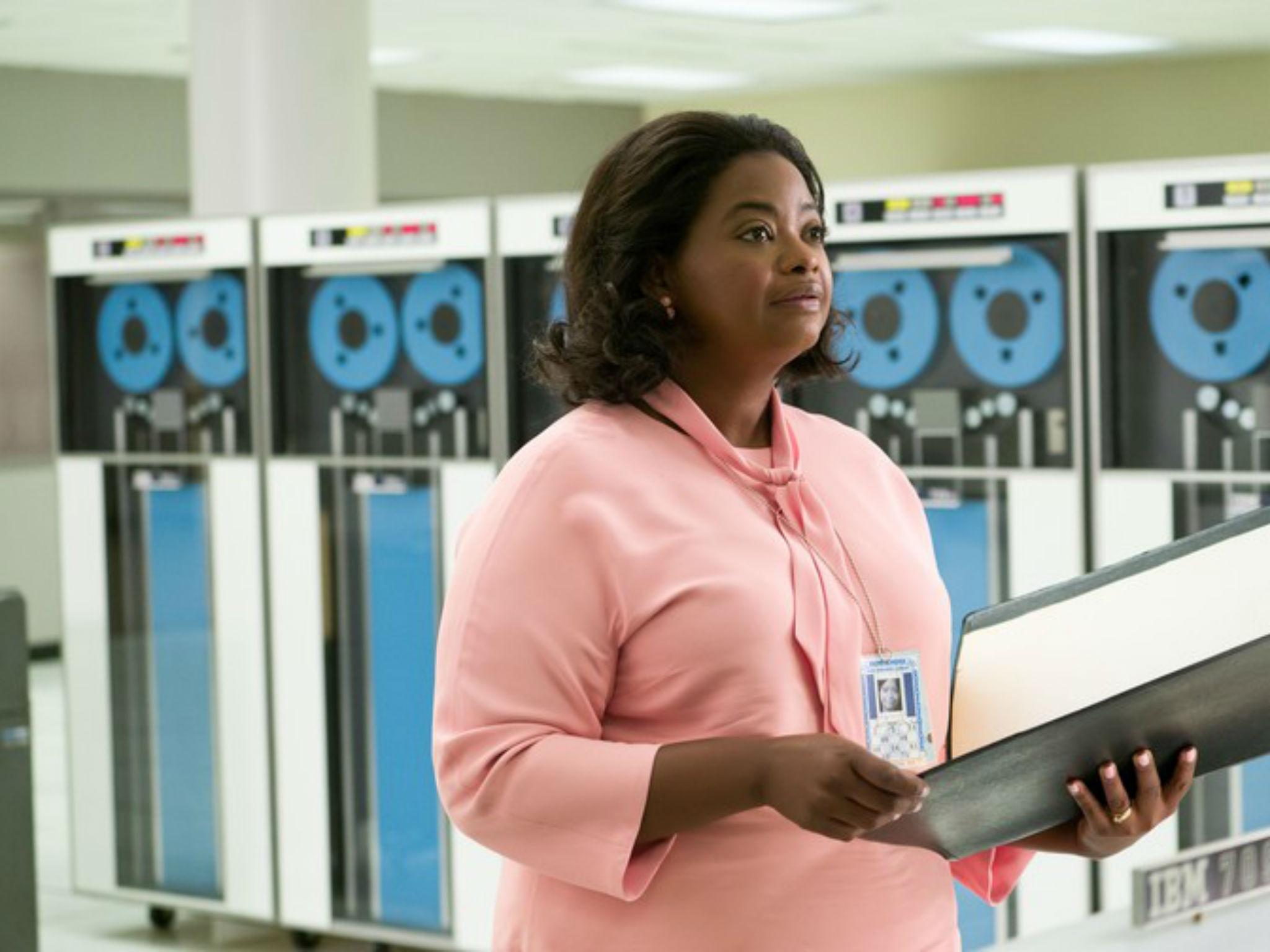Colette is just the latest film to expose how men have taken credit for women’s work
Keira Knightley stars as the writer whose work was published under her husband’s name. She’s one of many unsung women whose stories Hollywood is shining a light on, finds Clarisse Loughrey


Your support helps us to tell the story
From reproductive rights to climate change to Big Tech, The Independent is on the ground when the story is developing. Whether it's investigating the financials of Elon Musk's pro-Trump PAC or producing our latest documentary, 'The A Word', which shines a light on the American women fighting for reproductive rights, we know how important it is to parse out the facts from the messaging.
At such a critical moment in US history, we need reporters on the ground. Your donation allows us to keep sending journalists to speak to both sides of the story.
The Independent is trusted by Americans across the entire political spectrum. And unlike many other quality news outlets, we choose not to lock Americans out of our reporting and analysis with paywalls. We believe quality journalism should be available to everyone, paid for by those who can afford it.
Your support makes all the difference.In Wash Westmoreland’s new film Colette, the great French author, portrayed by Keira Knightley, offers a veiled warning to her husband Willy: “The hand that holds the pen writes history.” But at the time she wrote the wildly successful Claudine series of novels, it was not Colette who won fame and fortune but Willy (played in the film by Dominic West). He had her work published under his name to maintain his reputation as a prolific writer.
But it was Colette who held the pen, and sure enough it was Colette who ultimately regained control over her own story.
Notwithstanding how much Claudine’s adventures resembled her own childhood in Burgundy, it was only after Willy’s death in 1931, 31 years after the first book was published, that Colette went to court to confirm that she was the sole author and have his name removed from the covers of her books. By then, they had been divorced for more than 20 years and Colette had already published her most well-known work, Gigi, which went on to inspire the Oscar-winning 1958 film.
Colette’s story is not rare. History is littered with women who have seen their accomplishments claimed by the men around them. In fact, the phenomenon is so common in the world of science that the term “Matilda effect” was coined to describe it, named after suffragist and abolitionist Matilda Joslyn Gage, who first described the phenomenon in her 1870 essay “Woman as Inventor”. When Mary Shelley’s Frankenstein was initially published anonymously, many assumed the author was her husband, the poet Percy Shelley, who had written its preface. Just how many of F Scott Fitzgerald’s ideas were actually his wife Zelda’s has also long been disputed.
Cinema, however, is taking on a new role in ensuring their stories do not fade into obscurity. While pushing Hollywood to commit to the telling of women’s stories has been like trying to coax a cow down a set of stairs, there has been a notable interest in using the silver screen to enact retrospective justice: to revisit the stories of women who have been robbed of their moment of glory, and to recentre them as the heroes of their own stories. Not all were as lucky as Colette in having the final word on their own achievements.
That said, Colette’s life story is starkly similar to that of painter Margaret Keane, the subject of Tim Burton’s 2014 film Big Eyes. Played by Amy Adams, who won a Golden Globe for the role, Keane’s story also begins with a husband plastering his name over his spouse’s work. While Willy convinced Colette to work as his ghostwriter, Walter Keane didn’t even ask Margaret’s permission. The agreement the couple had supposedly come to was that Margaret would stay at home to paint, while Walter, the more gregarious of the two, would flog her works down at a local San Francisco nightclub. A year went by before Margaret visited the club, and discovered that Walter had been passing off her work as his own. As far as everyone else was concerned, it was he who had painted endless series of doe-eyed children.
At first she kept silent about the betrayal since, as she later explained, “back then, women kind of went along with their husbands, didn’t rock the boat”. By the time Margaret discovered what he was up to, it already felt too late. The big-eyed children had sparked the curiosity of the American people and Walter became a runaway success, making a killing out of cheap reproductions of the works and becoming one of the most commercially successful artists of the 1960s.

All the while, Margaret continued to paint for him, virtually imprisoned in their home. “He wouldn’t allow me to have any friends,” she said in a recent interview. “If I tried to slip away from him, he’d follow me. He was very jealous and domineering. And all along he said, ‘If you ever tell anyone I’m going to have you knocked off’. I knew he knew a lot of mafia people.” The film version of Colette’s life also depicts a similar incident, in which Willy locks her away in a room until she’s produced a satisfactory number of manuscript pages – although the veracity of this scene is disputed.
Much like Colette, Margaret’s reckoning came only after she and Walter had long been separated. In 1970, Margaret announced on a San Francisco radio show that she was the real creator of the big-eyed children. More than 15 years later she sued Walter, winning the case after the judge ordered them both to paint a picture to ascertain the real artist’s identity, resulting in Walter complaining of a sudden pain in his shoulder. Margaret won £4m in the suit but never saw any money, as Walter had already spent their entire fortune.
In truth, both Colette and Margaret made a kind of Faustian bargain with their husbands. They knew how their worlds worked, that female artists were rarely taken seriously critically or commercially, so were pushed to trade in their own identities in order that their work might thrive. Yet their sacrifice was a common one, and cinema has understood that the stories of great women are often also the stories of women placing the value of their contributions above personal glory.

This is the potent symbolism that powered Theodore Melfi’s Hidden Figures, released in 2016, for example. In telling the story of the black women of Nasa whose work as mathematicians helped place the first American into orbit, Hidden Figures played a significant role in the radical rebalancing of the historical narrative. These women were rarely acknowledged in academic circles and often had their careers cut short, as they were expected to retire as soon as they were married or had children. The three women at the centre of the film – Katherine Johnson, Dorothy Vaughan and Mary Jackson – were largely unheard of until recently, even in the halls of Nasa itself. In 2015, however, Johnson was awarded a Presidential Medal of Freedom by Barack Obama. A year later, the film, nominated for three Academy Awards, cemented the long overdue public recognition of Johnson and her co-workers’ achievements.
Stepping down from the silver screen and onto the stage, Rosalind Franklin’s story was recognised in Anna Ziegler’s Photograph 51, which debuted in London’s West End in 2015, with Nicole Kidman as the lead. Photograph 51 is a reference to the very first captured image of DNA; it was Franklin’s achievement but a male colleague showed the photograph to competitors James Watson and Francis Crick without her permission. The photo was integral to their discovery of DNA’s double-helix structure, which won them a Nobel Prize. Franklin’s name was buried in the footnotes.
Art provides the opportunity to take those who have been sidelined by history and rewrite their fates in the popular imagination. There are many more stories to tell. There’s Hedy Lamarr, the Hollywood actress who lived a secret life as an inventor and was never credited for coming up with the basis for wifi and Bluetooth. She was the subject of a documentary last year, titled Bombshell, but her life is perfect material for a flashy studio biopic.
The list goes on: there’s Margaret Knight, the inventor of the paper bag machine, who had her patent stolen by a man; Lise Meitner, whose work alongside Otto Hahn launched the nuclear age but was omitted from the paper that won Hahn a Nobel Prize, or Alice Guy-Blaché, the first female director and a cinematic pioneer who created more than 1,000 films for Léon Gaumont, only to discover he’d written her out of his company’s history. By retelling their stories, we have the power to undo these injustices.
Colette is released in UK cinemas on Friday 11 January
Join our commenting forum
Join thought-provoking conversations, follow other Independent readers and see their replies
Comments